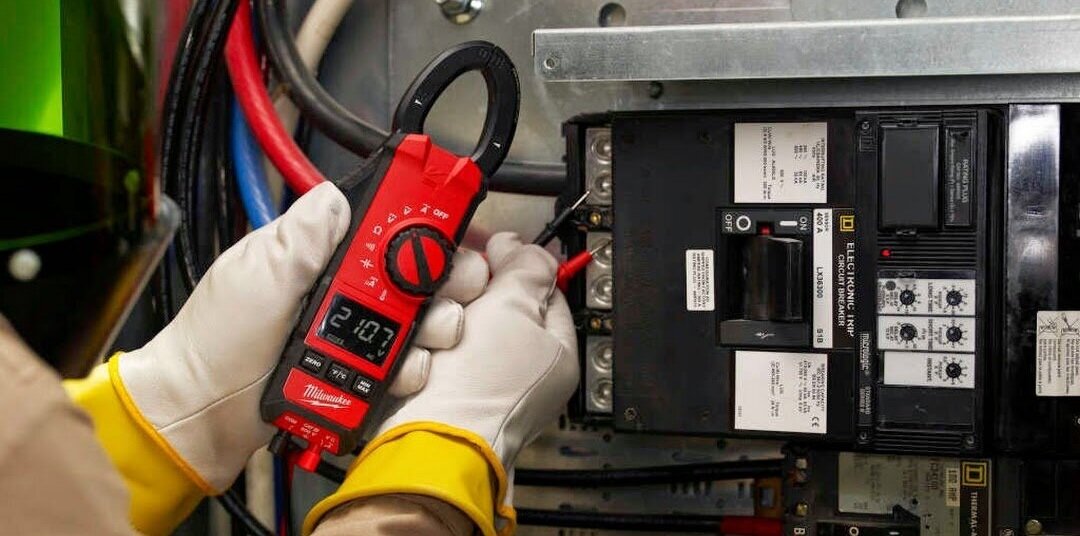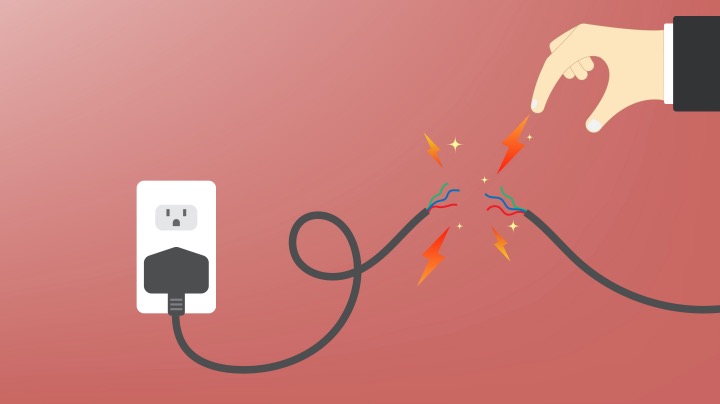Optimize processes with expert mechanical system optimisation support.
Optimize processes with expert mechanical system optimisation support.
Blog Article
Top Tips for Effective Electrical System Troubleshooting
Repairing electrical systems requires a methodical technique, grounded in a detailed understanding of electric principles and safety protocols. By familiarizing oneself with circuit elements, utilizing essential tools, and sticking to an organized assessment method, experts can properly recognize and solve concerns. The nuances of effective troubleshooting expand beyond mere technological knowledge; recognizing how to document searchings for and focus on safety can significantly affect outcomes. As we check out these critical aspects further, it comes to be clear that grasping this procedure is not just helpful however important for success in the field.
Understand the Fundamentals
Comprehending the fundamentals of electrical systems is vital for efficient troubleshooting, as a solid structure permits technicians to diagnose and fix concerns extra effectively. A detailed understanding of electrical concepts, such as voltage, present, resistance, and power, is crucial in identifying the origin of troubles. Voltage is the electric possible distinction that drives present through a circuit, while resistance opposes the circulation of existing, affecting the general capability of the system.
Familiarity with circuit elements, consisting of resistors, capacitors, diodes, and changes, is also extremely important. Each element plays a distinct function in circuit behavior and can influence efficiency when malfunctioning. Additionally, recognizing series and identical circuit setups is crucial, as these setups influence the circulation of voltage and current within the system.
Technicians need to be aware of prospective threats, such as shock and brief circuits, to implement secure troubleshooting practices. By mastering these foundational ideas, professionals improve their capability to carry out effective diagnostics and fixings, inevitably leading to enhanced performance and reliability of electrical systems (electrical system troubleshooting).
Gather Necessary Devices
Efficient troubleshooting of electric systems requires the ideal set of tools to diagnose and fix concerns properly. Vital tools include a multimeter, which gauges voltage, current, and resistance, enabling for accurate analyses of electrical components.
Additionally, shielded hand tools such as screwdrivers, pliers, and cable strippers are essential for safely adjusting electrical links. It is likewise recommended to have a circuit tester handy to confirm the presence of voltage in outlets and cables. For more facility systems, a thermal imaging electronic camera can assist identify overheating components, showing possible failures.

Comply With an Organized Technique
Having gathered the ideal tools, the following action in repairing electric systems is to adhere to a systematic method. A methodical approach makes sure that professionals can determine faults efficiently and precisely, lessening downtime and protecting against unneeded repairs.
Begin by evaluating the system's schematic layouts and specs. This includes checking each element methodically, starting from the power resource and working in the direction of the tons.
Make use of screening equipment, such as multimeters and oscilloscopes, to gather unbiased information regarding voltage, present, and resistance at numerous points within the system. This empirical evidence will direct your troubleshooting initiatives and aid to validate or eliminate possible root causes of failing.
Furthermore, consider ecological factors that may influence the system's performance, such as temperature level fluctuations or moisture access. A thorough assessment of electrical wiring, connections, and elements will make certain that all possibilities are made up.
Document Your Searchings For
Thorough documentation is important in the fixing procedure of electric systems. Accurate documents improve the efficiency of recognizing persisting problems and help with interaction among employee. Each finding should be diligently kept in mind, consisting of symptoms observed, examinations performed, and the outcomes of those tests. electrical system troubleshooting. This practice not just help in understanding the origin of the trouble however likewise works as a recommendation visit here for future fixing initiatives.

In addition, maintaining a log of components changed or repair services performed is vital. This info supports inventory administration and can assist assess the durability and dependability of certain components.
Eventually, the documents process ought to be detailed yet concise, making it possible for easy retrieval and testimonial - electrical system troubleshooting. By focusing on thorough documents, service technicians can produce a valuable expertise base that not just help in present troubleshooting yet also empowers future maintenance efforts, thereby improving total system dependability

Prioritize Precaution
Acknowledging the fundamental threats related to electrical systems is essential for making certain safety and security during troubleshooting. Electrical shock, burns, and tools damages are simply a few of the prospective threats that service technicians face. Prioritizing security measures is not only a legal responsibility but likewise an ethical crucial that safeguards both the technician and see this here the surrounding atmosphere.
Before commencing any troubleshooting task, service technicians must don proper personal safety devices (PPE), consisting of insulated gloves, shatterproof glass, and flame-resistant clothing. Ensuring that the workspace is dry and without clutter can significantly minimize the threat of mishaps. Moreover, it is crucial to de-energize circuits prior to starting any work, confirming that they are not endure using a multimeter or voltage tester.
Developing clear communication protocols with employee is also essential; this guarantees that every person understands prospective threats and the condition of the electric system being worked on. Finally, having an emergency situation feedback strategy in area can verify vital in case of an occurrence. look at here now By focusing on precaution, specialists can successfully mitigate threats and promote a much safer workplace.
Conclusion
Effective electrical system troubleshooting relies upon an extensive understanding of basic principles and a methodical technique. By gathering important tools, sticking to systematic examination methods, and meticulously recording findings, the repairing procedure comes to be more effective and dependable. Prioritizing safety steps guarantees the wellness of individuals involved and the stability of the electrical system. Carrying out these techniques will certainly enhance the troubleshooting experience, resulting in quicker resolutions and improved operational performance in electric systems.
Report this page